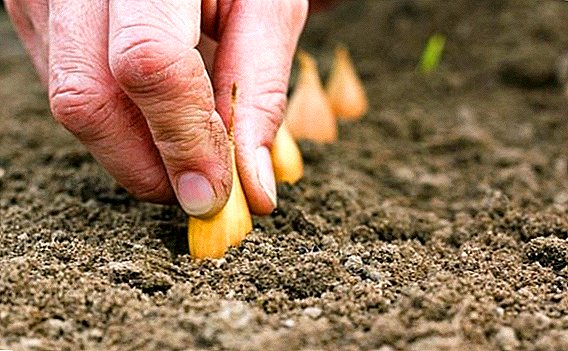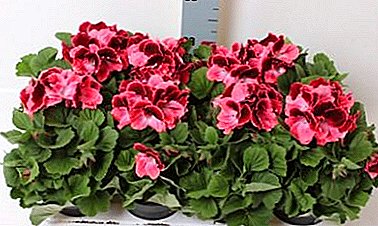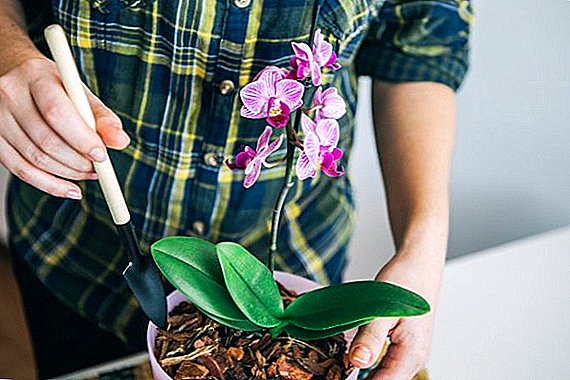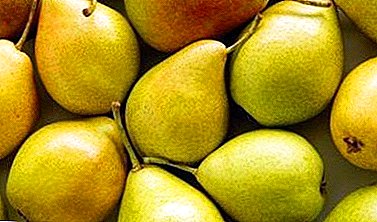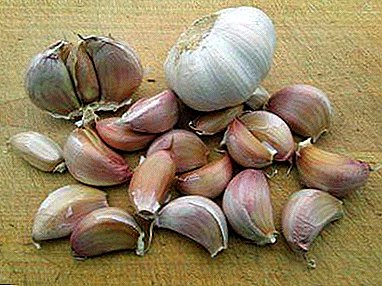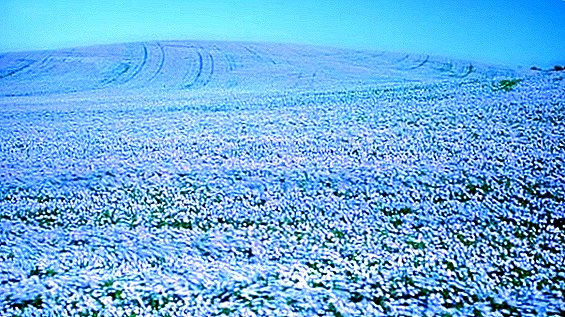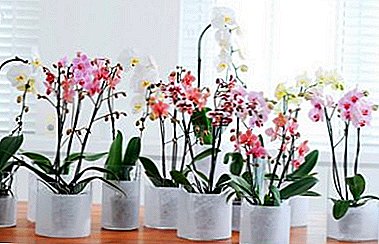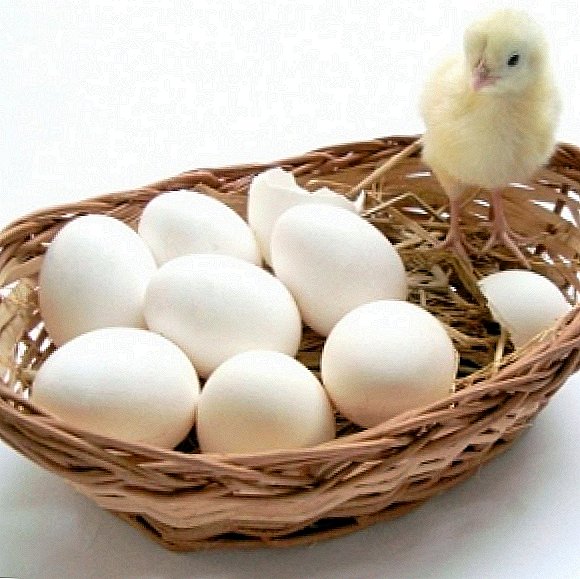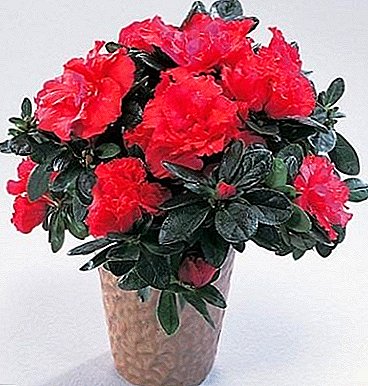
Exceptionally decorative, in December, January and February, abundantly dotted with flowers of all shades of pink, red, white and lilac, low trees-bushes indian azaleas often brought as a gift for the winter holidays.
However, to ensure the proper conditions for growth, new flowering and successful reproduction of these attractive plants can not all.
 All Indian azaleas have a woody stem, evergreen, elongated leathery leaves and funnel-shaped corollas.
All Indian azaleas have a woody stem, evergreen, elongated leathery leaves and funnel-shaped corollas.
This confirms their primordial kinship with rhododendrons: After all, although the name places indoor azaleas to India, in fact, the ancestors of all miniature and elegant hybrid forms are rhododendrons, growing in the humid mountain forests of Japan and China.
These places are characterized by the absence of scorching sun and cool, foggy, but clean air washed by frequent rains.
The distant descendants of these wild ancestors require a similar microclimate, even if they, thanks to the success of selection, amaze with a variety of colors, color transitions, double-colored dressing and fine spring aroma.
Indian Azalea - home care
Lighting
It is necessary to provide bright, but at the same time diffused light, completely without direct sunlight.
Best fit east and west windows.
During the "summer holidays" in the open air azaleas should also be placed in the shade.

Temperature
The optimal temperature range for summer time - from 18 to 24 degrees in the winter 10-14 degrees, perhaps a decrease to plus five.
Draft Indian azaleas are not terrible, and stay in the fresh air from spring to autumn is very useful - but you need to bring them into the apartment before turning on the central heating.
Air humidity
The plant needs well-moistened air and requires frequent spraying. In the flowering season, water splashes should not fall on the flowers and buds, since dark spots may appear on their delicate surface.

Priming
Good growth and development will provide the soil with a pronounced acid reaction. It - ready soil for azaleas or one of the following compounds:
two parts of coniferous land, one part of peat and some coarse sand;
peat, leaf, heather and coniferous earth in equal proportions with the addition of coarse sand.
Landing
The landing tank with drain hole must be wide but shallow - for superficial root system.
 Its size should not be excessively large - azaleas develop slowly and the land not “mastered” by the plant will serve as a source of pathogenic processes.
Its size should not be excessively large - azaleas develop slowly and the land not “mastered” by the plant will serve as a source of pathogenic processes.
At the bottom of the container is required drainage layer from expanded clay or small pebbles.
When landing is best save earth comprotecting a vulnerable root comp.
Transfer
Young azaleas are transplanted annually, but mature - once in 2-3 yearswhile the new pot should not be much larger than the previous one.
The transfer method must be transshipment - with full, if possible, preservation of the former earthen coma.

Watering
It should be constantly keep the soil hydrated, watering after its top layer dries out, but avoiding excessive, stagnant presence of moisture.
Water need to use soft - well-settled water supply, and even better - rain, thawed, river, but, in any case, not cold. To preserve the acidic reaction of the soil, several crystals are periodically added to the irrigation water. citric acid.
Soil loosening is not allowed.: delicate thin roots, located directly below the surface of the soil, and they will certainly suffer.
Top dressing
In the spring-summer period of active growth, once a week, Indian azaleas are fed with fertilizer containing ammonium salts intended for them - sulfate and nitrate, superphosphate and potassium sulphite.
In autumn and winter, during the period of laying and bud formation, fertilizing with superphosphate is recommended.
Growth and pruning
The annual growth of these plants is quite small; This plants stayers, designed for a very long life.
 However, they also need pruning. It is carried out after flowering, forming a crown in the shape of a bush or tree, removing too overgrown or weak shoots.
However, they also need pruning. It is carried out after flowering, forming a crown in the shape of a bush or tree, removing too overgrown or weak shoots.
Young summer and autumn shoots are also pruned to create the conditions for abundant flowering.
The ability of azaleas to grow for a long time, to bloom effectively and respond to pruning by growing the crown of the desired shape makes it a favorite of Japanese bonsai masters.
Bloom
Blooming seasons, depending on the variety, occur in December-January, January-March and February-April.
In order for it to be surely timely and plentiful, conduct such training:
Immediately after flowering, as early as May, azaleas are pruned, and on young shoots, pinching them, 4-5 leaves are retained. Remove those shoots that appear next to the flower buds
in October-December, when flower buds are laid, they contain plants at 6-10 degrees, and in January-February, to stimulate flowering, at 15-17.
Bloom will longer if after disclosing the first colors, the temperature is slightly reduced, and that which has faded is regularly removed.
Breeding

Multiply Indian azalea in room culture not easy - both seeds and vegetativelyHowever, experienced flower growers succeed in both ways. Seed propagation, in which the characteristics of the original plants are mixed and split, is used mainly by breeders who breed new luxurious varieties. During reproduction by cuttings, as in the division of the bush, the varietal qualities of the mother plant are preserved.
- Seed propagation
Sowing is carried out in an acidic soil mixture consisting of peat and partially rotted pine needles, slightly powdering the seeds. Covering with polyethyleneexpose in a bright place, as the seeds of azaleas sprout only when they are lit. The temperature should be 18-24 degrees, you must also maintain the substrate and air during wet condition. Germination time varies greatly - from a week to two months. After the most part of seeds will sprout, they are gradually freed from the greenhouse and reduce the temperature. Watered enough, but not excessively, otherwise shoots striking black foot. If the day is short, you need to organize lighting up to 16-18 hours. When the first true leaflets appear, the seedlings are seated.
- Reproduction by cuttings

The best time to cut the cuttings - spring and summer (March-June). They must be semi-woody, five to eight centimeters long. They are processed by root-growth and growth stimulants, after which, deepening by 2 cm, they are placed on rooting in an acidic soil - ground with rotted needles or high-moor peat. Cover with polyethylene, air, water and spray. The time it takes for the stalk to form the first roots is from one to one and a half months, and final rooting process and the formation of new shoots may take up to six months.
- Reproduction by dividing the bush.

Three-four azalea bush can be divided and transplanted parts into separate containers.
Uhthat operation requires extreme caution due to the increased vulnerability of the shallow root system of Indian azaleas.
- Azalea - winter decoration of the window sill
- Caucasian - healing properties and extraordinary beauty!
- Japanese - decoration of your garden!
- Azalea Katevbinskaya
- Royal Schlippenbach
- Indica - capricious, but so beautiful!
- Terms and conditions of the plant
- Why is she sick? How to eliminate pests?
- What you need to know about wintering?
- Siberian Rhododendron Dahurian in your garden
- Evergreen Rhododendron Yakushiman
- How to protect the garden hydrangea from diseases and pests?
- Application in homeopathy
- Methods of reproduction at home
- Beauty in your home! How to dilute the hydrangea room at home?
Care errors
Leaves fall - dry soil, air, bright sun, heat.
Leaves with brown tips - hard irrigation water.
Poor flowering - violated temperature conditions.
Recently acquired azalea shed leaves and buds - acclimatization stress.
Yellow leaves faded tops of shoots - acidified soil.
Diseases and pests

If all care errors are eliminated and the plant is provided with optimal conditions for development, it is little prone to disease.
Spider mites, whiteflies, mealybugs can live on weakened azaleas, especially when the air is not sufficiently moist.
The fastest way to combat such an invasion is the use of systemic insecticides.
With proper care, which, naturally, will require appropriate efforts, azaleas can grow and develop successfully in room culture for many years, and with age they bloom more and more magnificently.
A photo
See more photos of white Indian azaleas:
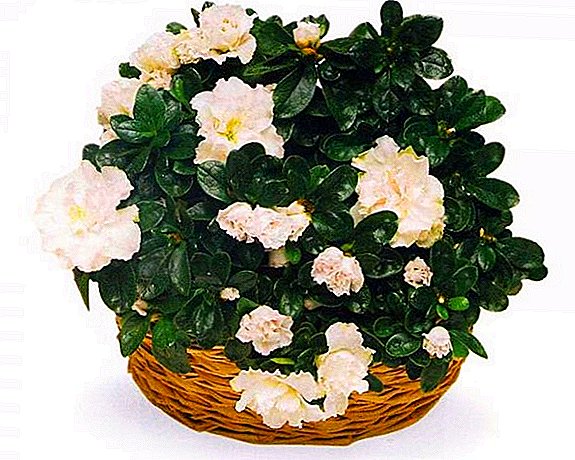



Useful information
You can read other materials on the topic and learn more about azaleas / rhododendron:


